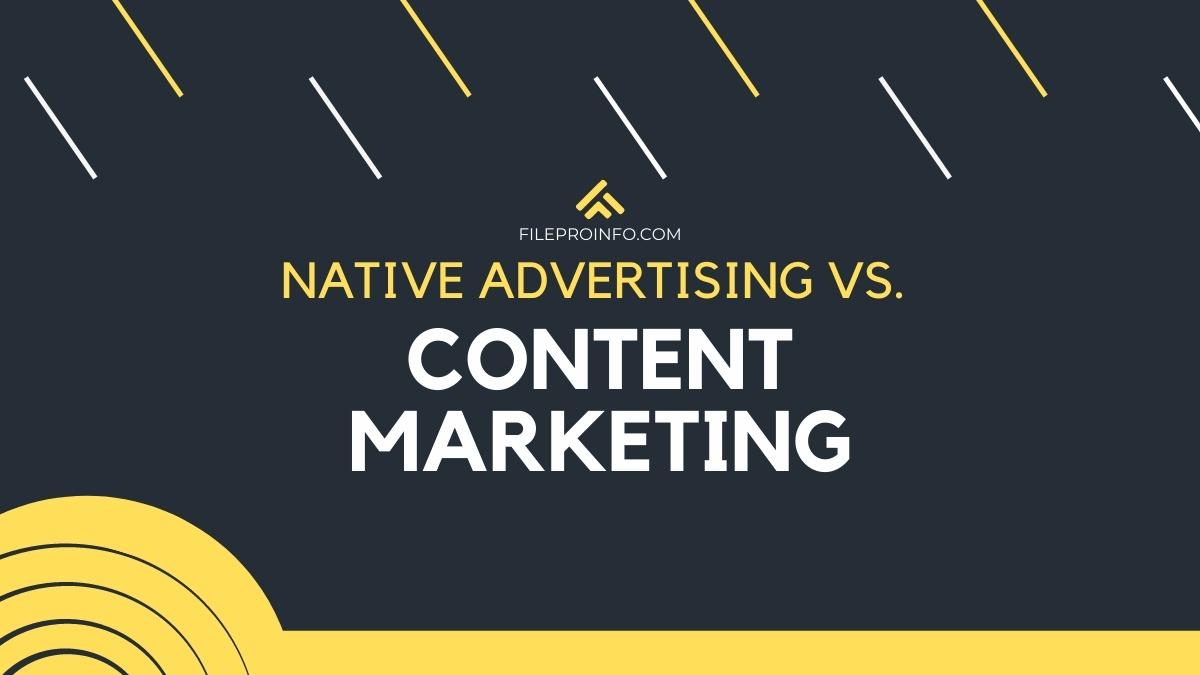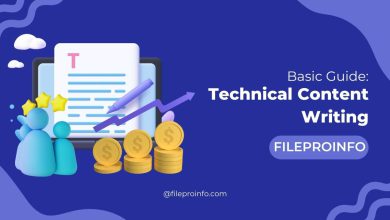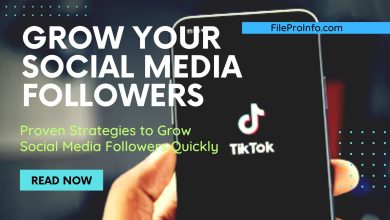
As the digital advertising space continues to evolve, marketers must stay ahead of the latest strategies and trends to ensure they are leveraging the best tools for their business. Two of today’s top marketing tactics are content marketing and native advertising, but what is the difference between them? Content marketing and native advertising each have their unique strengths, but it can be difficult to understand exactly how they differ.
What Is Content Marketing?
Content marketing is an essential part of any successful digital marketing strategy. It involves the creation and distribution of valuable, relevant, and consistent content to attract and retain a clearly-defined target audience. Content marketing can include blogs, articles, newsletters, emails, videos, webinars, and other forms of media that are designed to engage customers.
Content marketing goes beyond traditional advertising methods by providing potential customers with something they’ll find truly helpful or interesting. By building relationships with prospects through thoughtful content pieces that focus on their needs and interests, businesses can create long-term brand loyalty. As a result, content marketing has become the go-to approach for many companies looking to establish themselves as industry leaders in their respective fields.
Benefits of Content Marketing
The following are some of the main advantages of content marketing.
1. More on-site content
Content marketing is a vital component of any digital marketing strategy. It can be used to create brand awareness, drive traffic, and convert leads. On-site content is an essential part of content marketing, as it can provide users with high-quality and comprehensive information about a brand or product.
When done properly, on-site content will offer users the best possible experience while visiting a website. It allows companies to not only promote their products and services but also educate customers on topics they find relevant. Additionally, creating quality on-site content allows businesses to demonstrate their expertise in their field and helps them establish trustworthiness in the eyes of potential customers.
On-site content has many benefits that make it well worth the effort for businesses to invest in it.
2. Higher chances of visibility in search engines
Content marketing is a powerful tool that can help businesses boost their visibility in search engine rankings. The benefit of content marketing lies in its ability to build brand recognition and attract more customers, while also allowing businesses to effectively communicate with their target audience.
By regularly creating fresh new content for your website or blog, businesses can create a positive presence on the web and increase their chances of showing up higher in search engine results pages (SERPs). Content marketing helps ensure that potential customers are exposed to your business’s message when they search for relevant keywords related to the products and services you provide. This increases the chances of potential customers finding what they are looking for when using popular search engines such as Google or Bing.
Creating fresh content also allows businesses to stay competitive by keeping up with changes in the industry, trends, and consumer needs.
3. Better customer relationships
Content marketing is the key to better customer relationships. With its potential for increased brand visibility, higher engagement rates, and an improved customer experience, content marketing offers tremendous benefits that can be leveraged to form stronger bonds with customers.
Good customer relationships are essential in today’s competitive business environment as they provide a platform to establish trust and loyalty between brands and consumers. Content marketing can help businesses create more meaningful connections by providing valuable information that will be relevant to their target audience. This type of content serves as an educational resource that not only allows customers to become more educated on a particular subject but also builds brand awareness and encourages people to engage with the company on social media platforms or through other channels such as email marketing.
What Is Native Advertising?
Native advertising is a form of online advertising that looks and feels like natural content on a website or platform. It is created to look seamless with the media it appears on so that the consumer does not recognize it as an advertisement. Native advertising has become a popular strategy for businesses looking to reach customers in their favorite media channels without disrupting their user experience.
Native ads are defined by their look and feel, as well as how they are presented to viewers. They typically appear in-feed on websites and social media networks such as Instagram, Twitter, Facebook, Pinterest, and YouTube. The ad itself can take many forms – from sponsored articles to interactive videos – but all native ads should be designed with the same goal in mind: to blend into the surrounding content so it’s indistinguishable from editorial pieces created by the publisher or platform itself.
Benefits of Native Marketing
The advantages of native advertising are listed below.
1. Captures more attention
Native marketing is a type of advertising that focuses on providing content that blends seamlessly into the reader’s online experience. Native marketing can benefit businesses by capturing more attention from their target audience. The key to success with native marketing is making sure the content matches the environment it’s placed in and resonates with readers.
By utilizing native marketing, businesses can engage customers more effectively as they don’t feel as if they are being advertised directly. This approach allows marketers to create content that provides value to readers, while also subtly promoting their product or service. Native ads are designed for specific platforms, so marketers must be strategic about where and how they place them to capture maximum attention from the right customer base. Additionally, native ads have higher engagement rates than traditional display ads due to their location within the platform’s natural user-experience flow.
2. Empowers customers
Native marketing is a powerful tool that can help businesses of all sizes to empower their customers and maximize their reach. By using native advertising, companies can provide content that blends in with the users’ environment and doesn’t disrupt or impede their experience. This type of marketing allows organizations to communicate directly with customers without coming off as overly intrusive or pushy.
The greatest benefit of native marketing is that it helps businesses to create personalized messages for specific target audiences by leveraging previous data about customer behavior, interests, and preferences. Companies can tailor ads according to each user’s needs and wants, thereby increasing the likelihood of success while helping them build relationships with customers. Furthermore, native advertising ensures that customers receive only relevant and useful information that they can act upon right away instead of being bombarded with irrelevant ads.
The Verdict
Many small- and new-business owners cannot afford to spend on both forms of digital marketing. To decide which approach is best for your organization, it is advised that you understand the distinctions between the two as well as their respective goals.
Due to the ongoing requirement for new blog posts and media to grab users’ interest, content marketing demands a high level of dedication. The amount of time you invest in content management will directly affect its success rate. While it takes more time and money, the rewards are stronger loyalty and a lasting impression on customers.
Native advertising, on the other hand, is focused and organized. You are aware that what you will receive is a spot on a reputable website. The secret to effective native advertising is having a thorough understanding of your target market and fine-tuning your content to fit the site environment. The reader interacts with the advertising material and increases purchase intent as a result of its non-disruptive nature.
Once you are aware of these two facets of digital marketing, you can better leverage them and market your company. They can significantly alter a company’s content management and client engagement when used together. But they also have advantages when used alone in a strong content marketing strategy.




